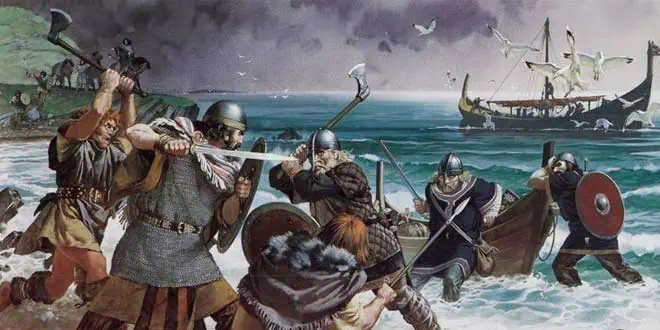Medieval Women's Clothing: Faithful, Real, and Fascinating
Social and material strata according to status
Medieval women dressed very differently depending on their social position.
-
Peasant women primarily wore linen, wool, and sheepskin, inexpensive, functional, and readily available fabrics. Their clothing was usually a knee-length tunic, belted at the waist.
-
The nobility had access to refined and expensive materials such as velvet, silk, brocade, fur, and even fabrics with gold and silver threads. Their clothing was a reflection of wealth and power.
Don't miss our women's clothing
 |
 |
 |
Basic garments and their evolution
-
Chemise or undershirt : Made of linen, it was the absorbent and protective base garment, worn by all women, regardless of their class.
-
Kirtle : The main garment that evolved from a loose tunic to a fitted one with laces or buttons. It was worn over the chemise to give shape to the body.
-
Surcot or overdress : An outer garment, sometimes sleeveless, open at the sides or with decorative designs that reveal the undergarment.
-
Cotehardie : Tight dress, with tight sleeves and a full skirt, which highlighted the feminine silhouette.
-
Houppelande : Fashionable in the 14th and 15th centuries, this was a loose tunic with very long sleeves and fur lining, cinched at the waist with a high belt. It represented luxury and status.
Accessories and ornamental details
-
Saya : In the Iberian Peninsula it was a long skirt that reached the feet, worn by women and men of the nobility over the shirt.
-
Brocades, velvets and furs : Decorative elements that defined the luxury of high society.
-
Accessories : Belts were common among all classes, but among the nobility, they could be decorated with precious metals or stones. Jewelry such as necklaces, rings, and brooches enhanced the appearance of wealthy women.
Headdresses and head coverings
Women often covered their heads in public, whether for religious, social, or modest reasons. Veils, wimples, or headdresses were worn to indicate marital status and rank. In the Late Middle Ages, the escoffion, a voluminous, horn-shaped headdress covered with fine fabrics such as silk or chiffon, became popular.
Moral and cultural influences
Christian morality strongly influenced how women's clothing was judged. Excessive ornamentation could be considered a sign of vanity or even sin. Through fashion, medieval society exerted control over women's appearance and behavior.
Summary of contrasts
-
Lower class : linen and wool, simple and functional dresses, simple veils.
-
Nobility : silk, velvet, brocade and furs, tight or loose dresses of great wealth, jewelry and elaborate headdresses.
Medieval women's fashion was a clear reflection of the social status, access to materials, and cultural values of the time. From functional garments for peasant women to ostentatious outfits for court ladies, every detail told a story. Today, it remains a source of inspiration for its aesthetic and symbolic richness. Don't miss our medieval dresses and clothing!









